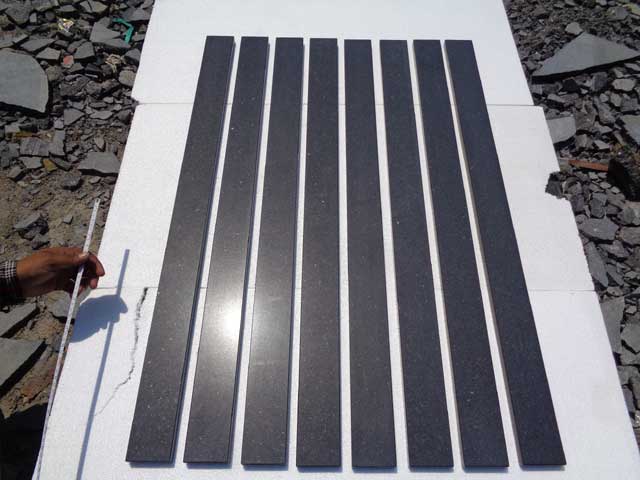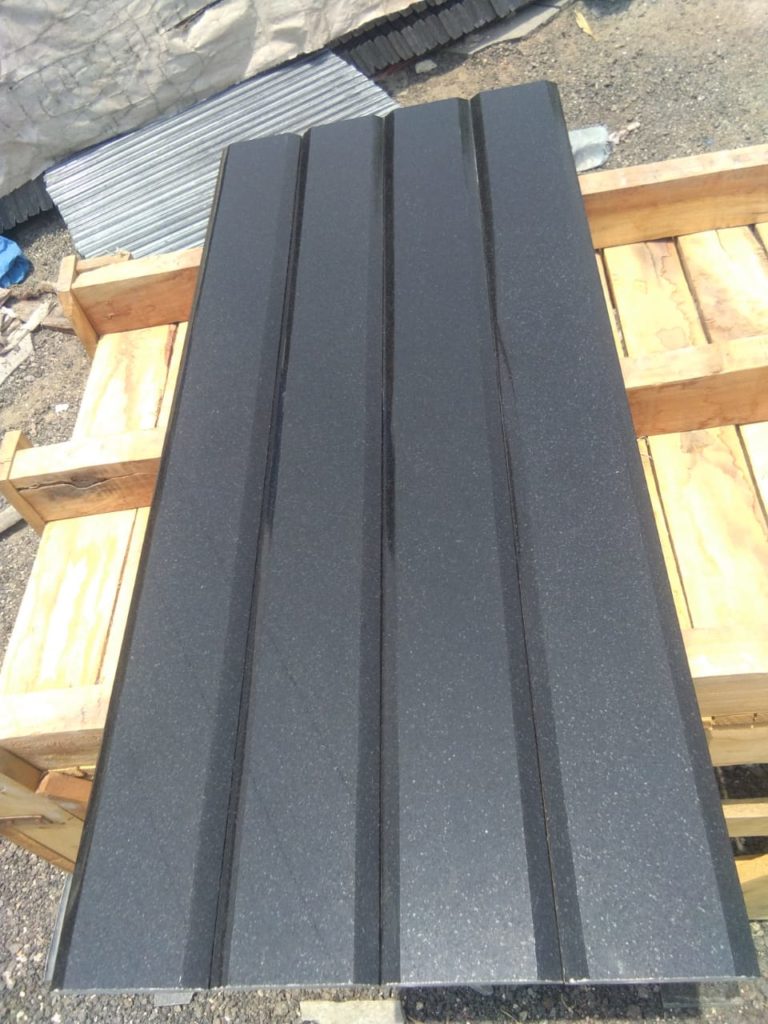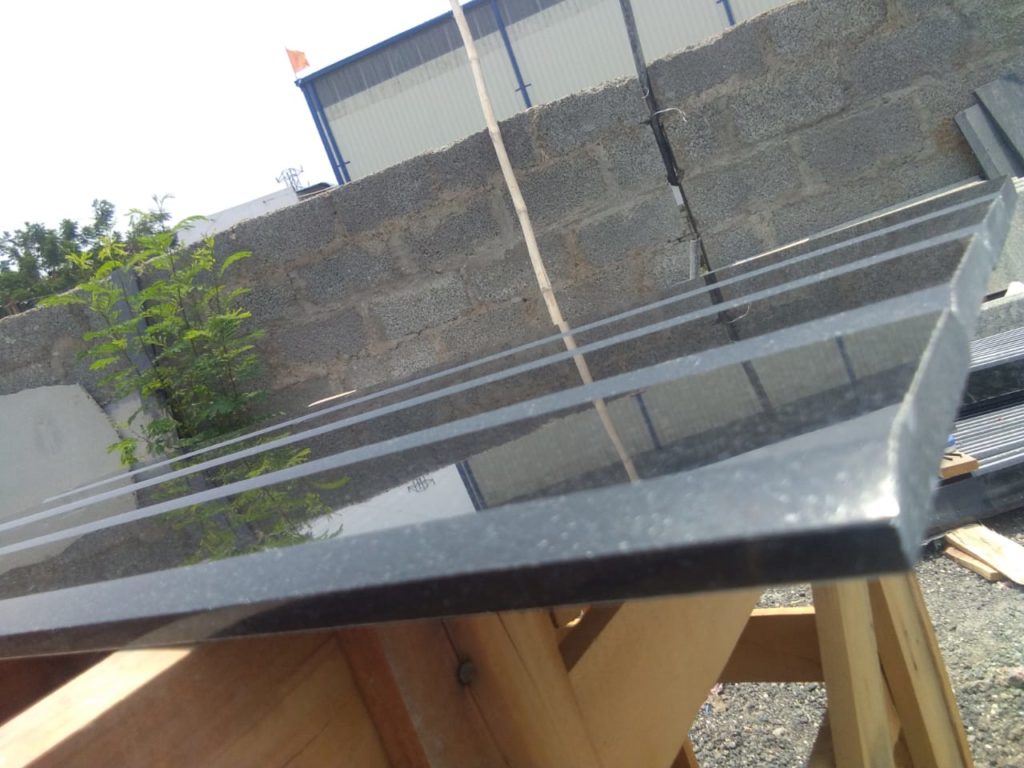Blog
The threshold is a functional component of the floor that caps off transitions where the material or level noticeably changes. The object used to be much more noticeable, but it now has a more understated presence in architecture. The threshold is made from different materials like wood, natural stone, and others. However, the most popular ones are granite thresholds.
When there is a change in the built space—whether it is in level, kind of floor, or even when there is a door or passage—the thresholds and transition strips—which are placed directly to the floor—are in charge of creating the transition.

Technically, this transition is finished at the threshold, bringing the unevenness of the two environments into balance. The threshold typically forms a short step between spaces and designates the boundary between a wet area, such as the bathroom, kitchen, or laundry room, and a dry area.
Thresholds were traditionally fashioned primarily of wood or polished stone, including marble and granite. Nowadays, the flooring itself is frequently used to create the threshold in addition to conventional materials. Use less common materials to mark this transition when the goal is to create a noticeable aspect.
Why Granite Threshold?
There are several reasons that make granite the perfect natural stone for making thresholds. First, granite is a hard stone which makes it a sturdier option for thresholds. Second, granite is stain-resistant and scratch-resistant so one won’t need to worry about the durability and maintenance of the thresholds. Third, granite comes in a wide range of colors and finishes which means architects and construction experts can enjoy high levels of creative liberty.
Granite is considered the most well-known igneous rock is granite. Since granite is the most prevalent igneous rock to be found at the Earth’s surface and is used to manufacture numerous items we use every day, it is well known. These include stair treads, floor tiles, curbing, paving stones, countertops, building veneers, and gravestones.

In contrast to earlier compartmentalization, many projects today place high importance on spatial continuity, avoiding significant visual divisions, and betting on continuous planning. Using fillets instead of sills, which are tiny pieces of stone, metal, or wood that nearly completely conceal the floor transition, is becoming more and more popular as a result of trends that are also based on resource conservation, building facility optimization, and sill avoidance.
Supply of Granite Thresholds
Since granite thresholds are one of the most demanded architectural elements in today’s construction industry, it is necessary for architects and construction companies to choose a reliable supplier of granite thresholds for the construction project.
Properties of Granite Thresholds

The cut of the threshold is crucial to allow for passage because thresholds frequently need to be wheelchair accessible. Each granite stone has a bevel on both sides. Bevelling is the process of tapering the material to create a slanted edge that softens the edge of the stone. This process, in a sense, “rounds off” the stone to make it simpler for the wheelchair to roll over. Additionally, it is crucial for safety that the threshold change be made more smoothly. Weather-resistant material is another crucial consideration if the threshold connects the outside and the inside, and granite is a fantastic natural stone option for this transition.
Threshold Types
Double Standard Bevel
A Standard Bevel can be defined as a 1/4″ x 1/4″ bevel on the threshold’s two long sides. The thresholds’ top surface and bevels have been polished. Natural stones are all creations of the earth. Shades and natural colors tend to differ from piece to piece.
Single Hollywood Bevel
A single Hollywood bevel measures 1-3/8″ on each of the threshold’s long edges. Threshold has a top-level thickness of 5/8″ with a chamfer that reduces it to 3/8″ on one edge. The opposite long side is straight and unbeveled. The thresholds’ upper surface and bevel are polished.
Double Hollywood Bevel
Two of the threshold’s long sides have a 1-3/8″ Bevel called a “Double Hollywood Bevel.” Threshold has a top-level thickness of 5/8″ and chamfers down to an edge thickness of 3/8″. The thresholds’ top surface and bevels have been polished.
The Conclusion
These natural stone products are highly technical and are mostly required by architects and construction companies. India is one of the top suppliers of granite thresholds in different colors, types, and sizes. You can find and compare the best granite suppliers in India and take a decision accordingly.
